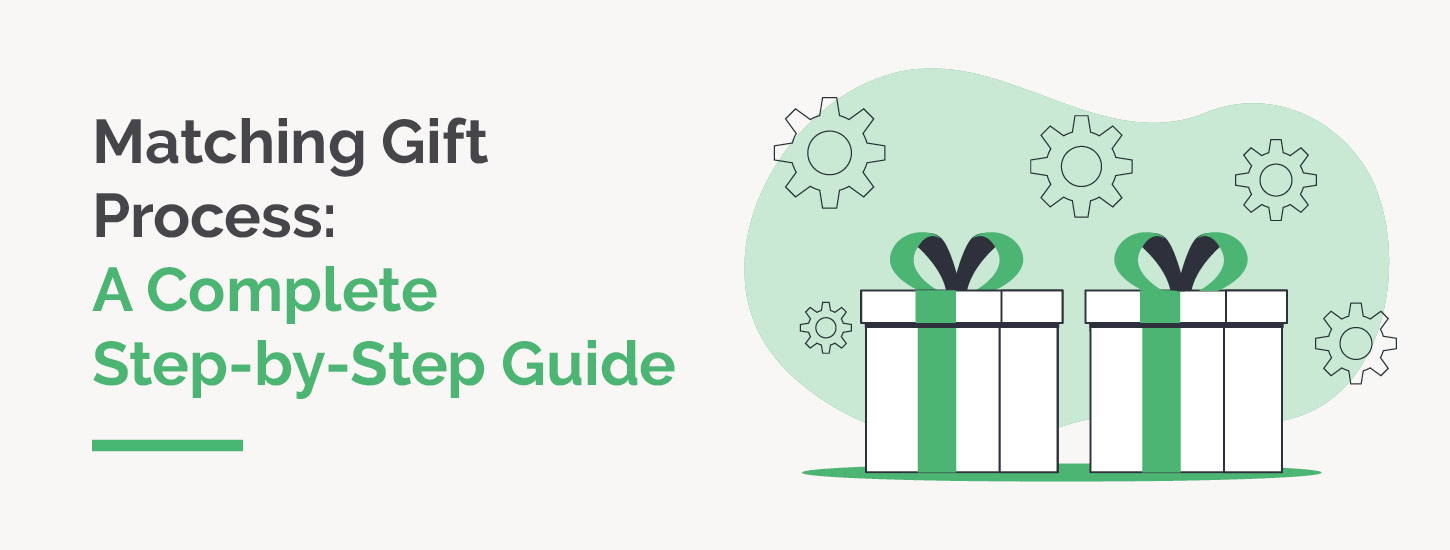
Matching Gift Process | A Complete Step-by-Step Guide
As one of the most popular forms of corporate philanthropy, matching…
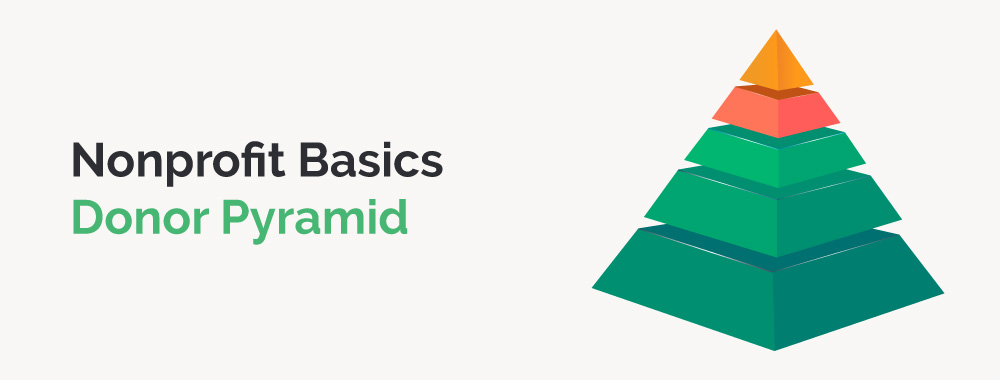
Nonprofit Basics: The Donor Pyramid
To strengthen your foundation for fundraising, it’s important…
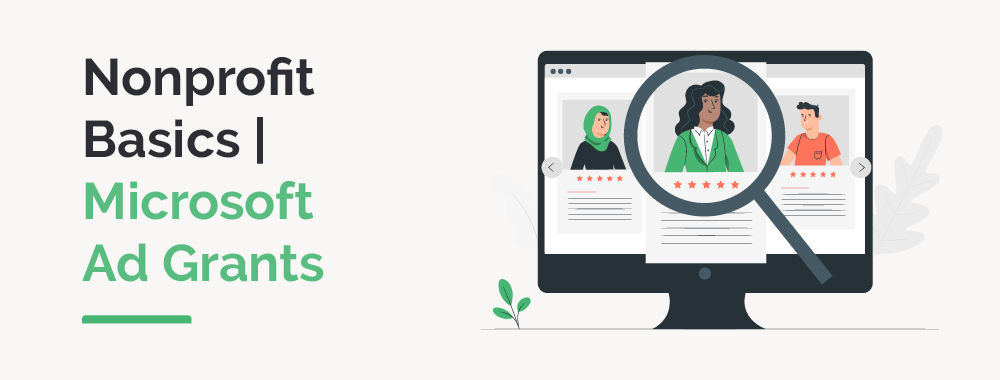
Nonprofit Basics: Microsoft Ad Grants for Social Impact
Through the Microsoft Ad Grant program, nonprofits can transform…
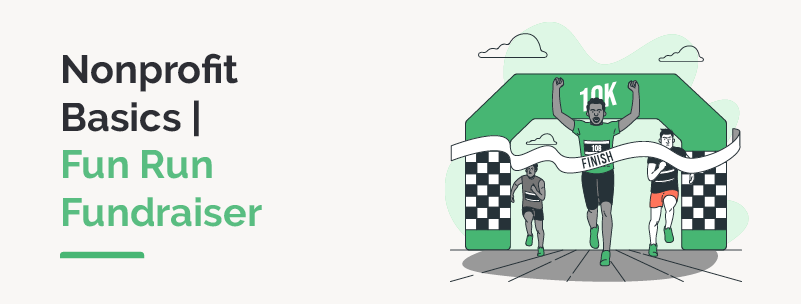
Nonprofit Basics: Fun Run Fundraiser
Fun run fundraisers are a great way to get supporters involved…
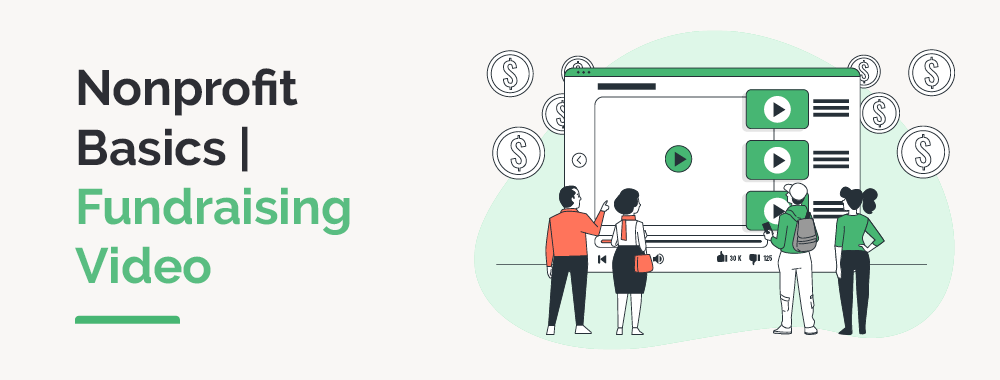
Nonprofit Basics: Fundraising Video
To drive donations for your nonprofit or community organization,…
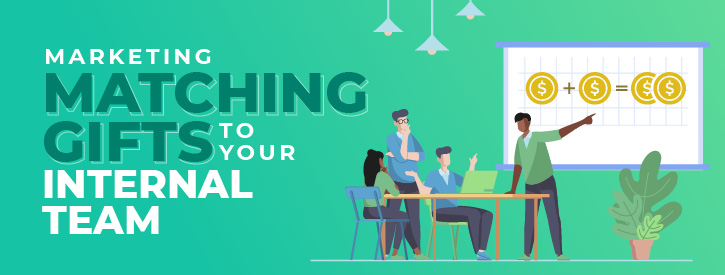 https://doublethedonation.com/wp-content/uploads/2022/05/DTD_Marketing-Matching-Gifts-To-Your-Internal-Team_Feature-1.jpg
275
725
Adam Weinger
https://doublethedonation.com/wp-content/uploads/2025/11/DTD-horizontal-logo-300x63.png
Adam Weinger2022-05-12 13:45:192025-11-19 13:09:00Marketing Matching Gifts To Your Internal Team
https://doublethedonation.com/wp-content/uploads/2022/05/DTD_Marketing-Matching-Gifts-To-Your-Internal-Team_Feature-1.jpg
275
725
Adam Weinger
https://doublethedonation.com/wp-content/uploads/2025/11/DTD-horizontal-logo-300x63.png
Adam Weinger2022-05-12 13:45:192025-11-19 13:09:00Marketing Matching Gifts To Your Internal Team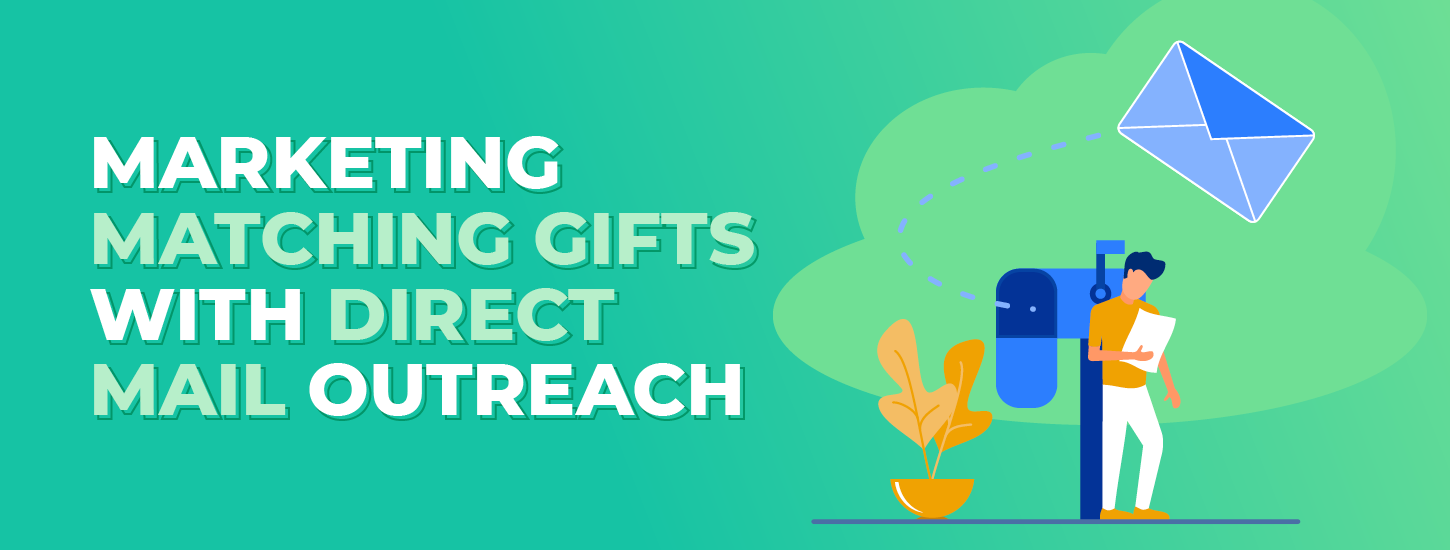
Marketing Matching Gifts With Direct Mail Outreach
While electronic communication is a speedy and efficient outreach…

